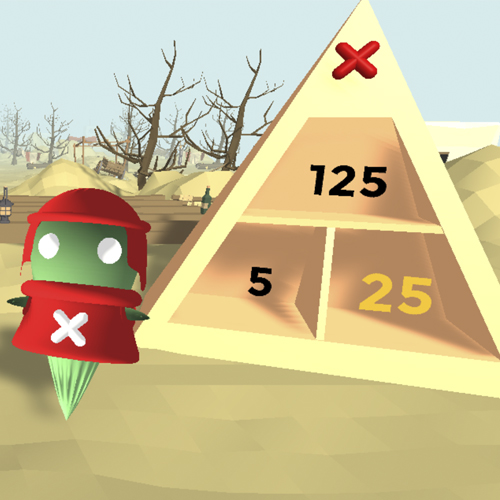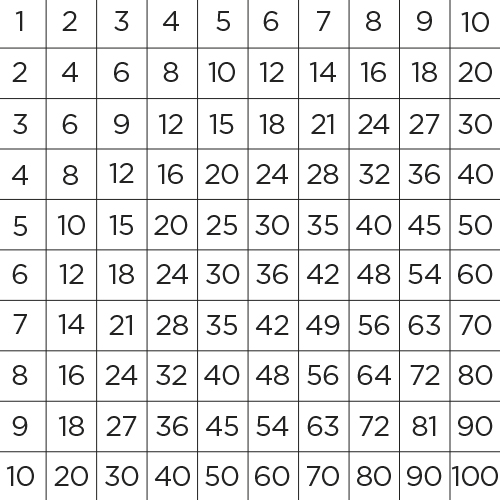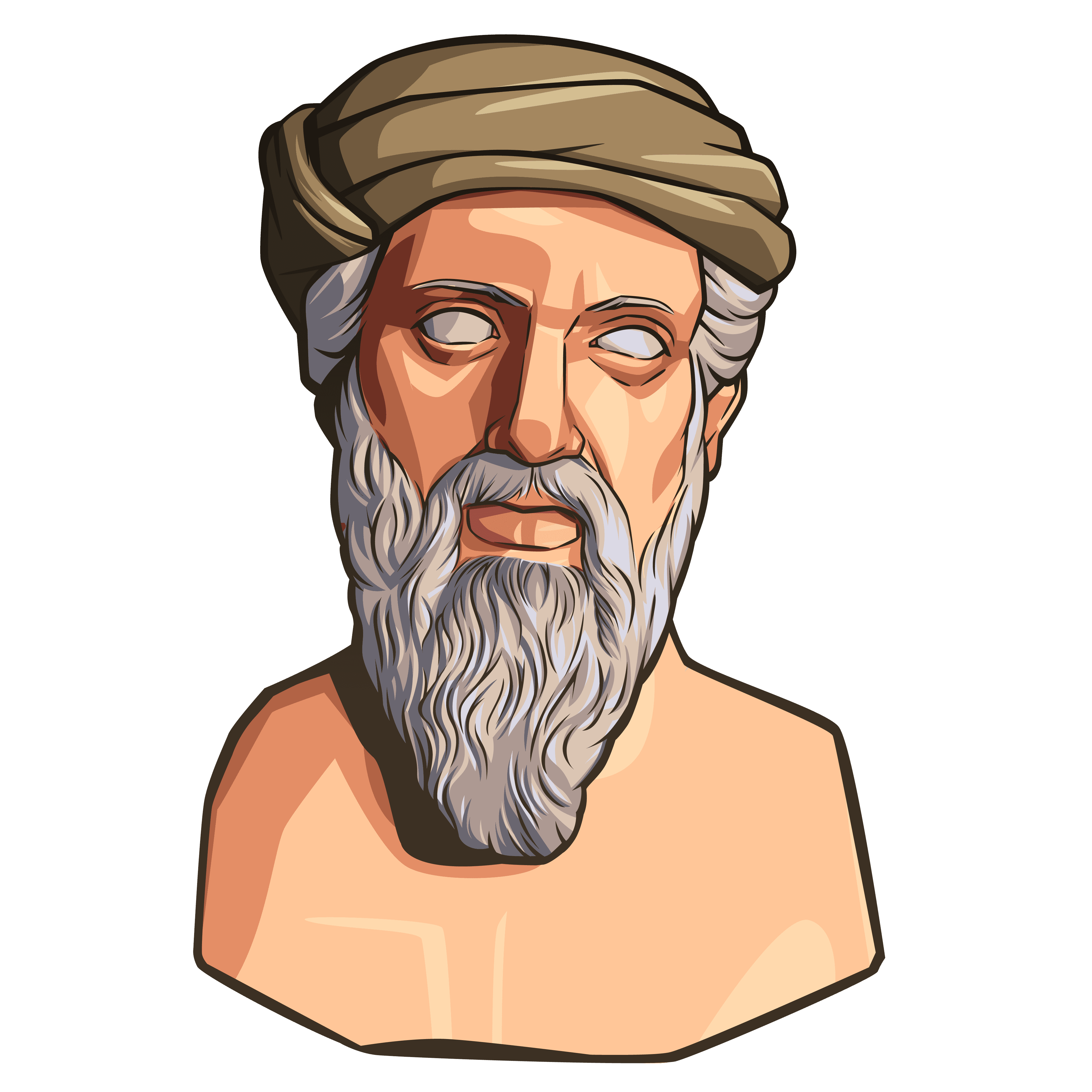







Pitagora of Samos
 I racconti sulla vita di Pitagora sono un misto di leggenda e di realtà. Nulla è certo, perché non ha lasciato scritti, ma diverse informazioni sono state tramandate e ci sono pervenute attraverso i suoi discepoli, e alcuni scritti di Aristotele, Erodoto e Platone. Così sappiamo che visse nel 6° secolo a. C., che nacque in Grecia ma viaggiò molto, fra Asia Minore e Egitto (si narra che fu Talete a illustrargli le conoscenze matematiche dell’Oriente), prima di arrivare in Italia, a Crotone, dove fondò una Scuola, cioè una comunità scientifico-filosofico-religiosa i cui discepoli rispettavano determinate regole morali e si impegnavano a non divulgare le conoscenze filosofiche e matematiche che avevano appreso dal maestro Pitagora.
I racconti sulla vita di Pitagora sono un misto di leggenda e di realtà. Nulla è certo, perché non ha lasciato scritti, ma diverse informazioni sono state tramandate e ci sono pervenute attraverso i suoi discepoli, e alcuni scritti di Aristotele, Erodoto e Platone. Così sappiamo che visse nel 6° secolo a. C., che nacque in Grecia ma viaggiò molto, fra Asia Minore e Egitto (si narra che fu Talete a illustrargli le conoscenze matematiche dell’Oriente), prima di arrivare in Italia, a Crotone, dove fondò una Scuola, cioè una comunità scientifico-filosofico-religiosa i cui discepoli rispettavano determinate regole morali e si impegnavano a non divulgare le conoscenze filosofiche e matematiche che avevano appreso dal maestro Pitagora.
Tutti conoscono il Teorema di Pitagora, ma in realtà alla base della dottrina pitagorica non c’era la geometria ma l’aritmetica. Sull’aritmetica si fondavano le altre discipline da cui era composta la matematica: musica, geometria, astronomia. Il numero, infatti, era per Pitagora l’essenza di tutte le cose. La conoscenza delle proprietà dei numeri interi faceva parte di un percorso mistico. Assumevano importanza particolari rappresentazioni come quelle dei numeri triangolari o piramidali.
Sembra che la scuola pitagorica sia stata messa in crisi dalla scoperta dei numeri irrazionali, o meglio, dal fatto che il rapporto fra la diagonale e il lato di un quadrato non si potesse esprimere come rapporto fra numeri interi. Ma questa è un’altra storia...

